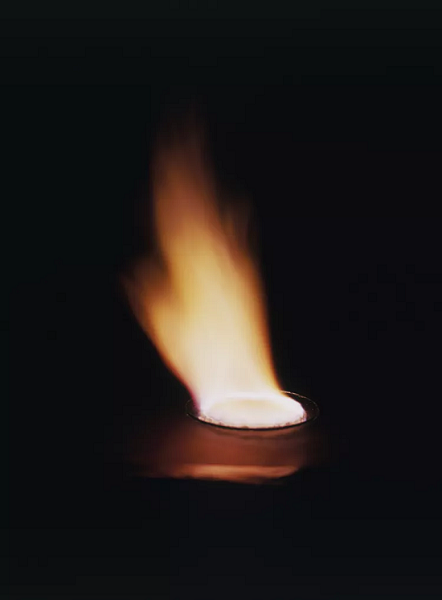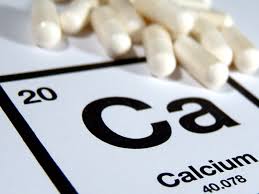The occurrence and preparation of Calcium
Calcium is a chemical element with the symbol Ca and atomic number 20. As an alkaline earth metal, calcium is a reactive metal that forms a dark oxide-nitride layer when exposed to air. Its physical and chemical properties are most similar to its heavier homologues strontium and barium. It is the fifth most abundant element in Earth's crust and the third most abundant metal, after iron and aluminium. The most common calcium compound on Earth is calcium carbonate, found in limestone and the fossilised remnants of early sea life; gypsum, anhydrite, fluorite, and apatite are also sources of calcium. The name derives from Latin calx "lime", which was obtained from heating limestone.
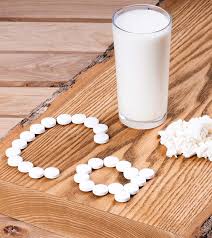
Occurrence
Calcium is the fifth most abundant element found in the Earth’s crust. It is not found asa free element, but as calcium compounds (mostly salts and oxides), which are found on alllandmasses of the world as limestone, marble, and chalk. Calcium, particularly as the compound calcium chloride (CaCl2), is found in the oceans to the extent of 0.15%.Calcium is produced by two methods. One method is the electrolysis of calcium chloride(Ca++ + 2Cl- → CaCl2) as the electrolyte at a temperature of ?800°C, during which processmetallic calcium cations (Ca++) are deposited at the cathode as elemental calcium metal.Calcium can also be produced through a thermal process under very low pressure (vacuum)in which lime is reduced by using aluminum.In addition to limestone, calcium is also found in other rocks, coral, shells, eggshells, bones,teeth, and stalactites and stalagmites.
Applications
Calcium is the most abundant metal and the fifth-most abundant element in the human body. As electrolytes, calcium ions play a vital role in the physiological and biochemical processes of organisms and cells: in signal transduction pathways where they act as a second messenger; in neurotransmitter release from neurons; in contraction of all muscle cell types; as cofactors in many enzymes; and in fertilization.Calcium ions outside cells are important for maintaining the potential difference across excitable cell membranes, protein synthesis, and bone formation.
Preparation
Formerly produced by molten-salt electrolysis of anhydrous calcium chloride with a specific energy consumption of 30kWh/kg until the 1940s, pure calcium metal is now made by metallothermic reduction on an industrial scale by reducing calcium oxide (i.e., calcia or lime) with molten silicon or aluminum. Sometimes high-purity (>99.9 wt.% Ca) calcium metal required for certain demanding applications is obtained by redistillation of the metal.
In the aluminothermic reduction, crushed pure limestone or calcite (min. 98 wt.% CaCO3) is calcinated in a kiln at 1000°C to produce calcium oxide, giving off carbon dioxide. Then calcium oxide is ground and mixed with aluminum powder. The mixture is heated, and the reduction begins producing calcium metal and calcium aluminate. The calcium is removed from the slag by distillation in a vacuum and condensed in a cold mold. Calcium alloys are produced industrially by various techniques such as direct alloying or chemical reduction of the raw components.
);You may like
Related articles And Qustion
Lastest Price from Calcium manufacturers
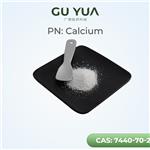
US $10.00/kg2024-03-08
- CAS:
- 7440-70-2
- Min. Order:
- 1kg
- Purity:
- 99%
- Supply Ability:
- 1000kg
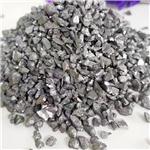
US $200.00-150.00/kg2022-11-10
- CAS:
- 7440-70-2
- Min. Order:
- 0.5kg
- Purity:
- 99.9%
- Supply Ability:
- 10000

